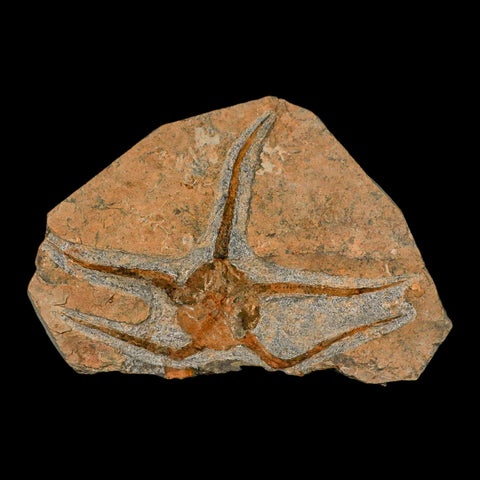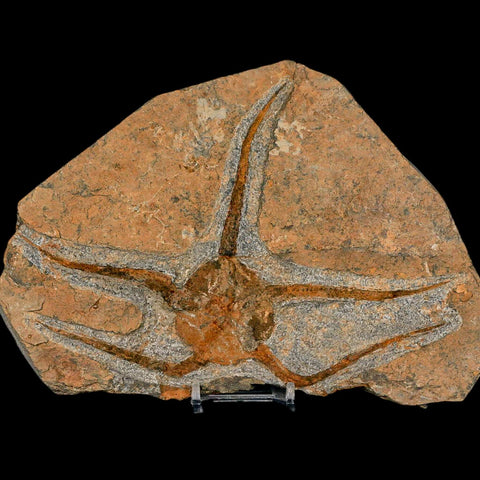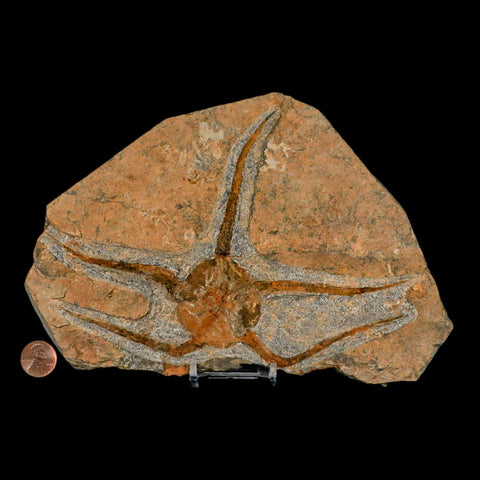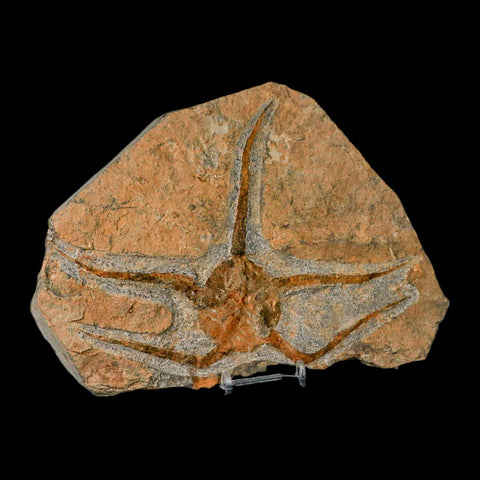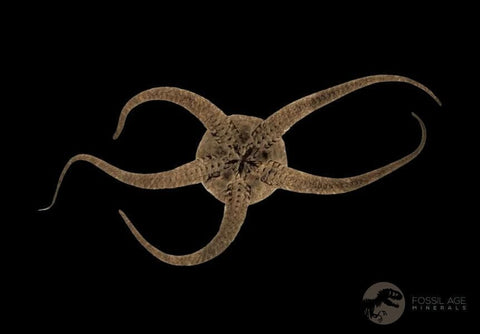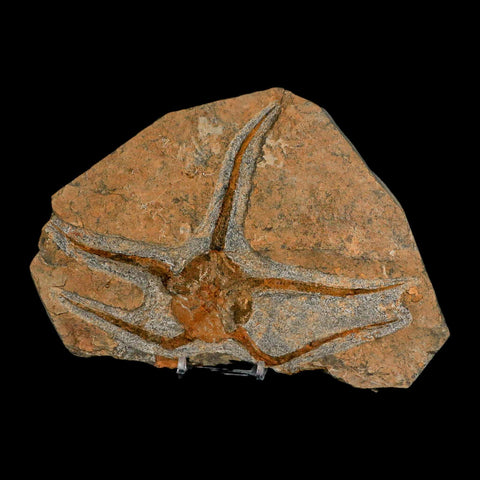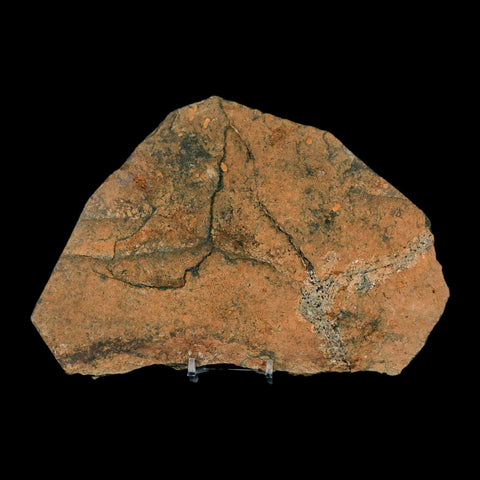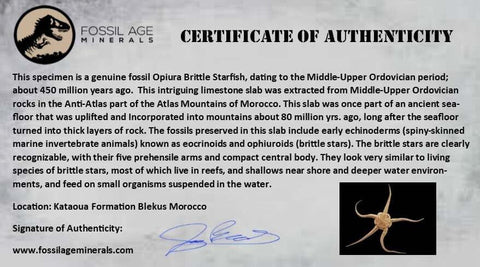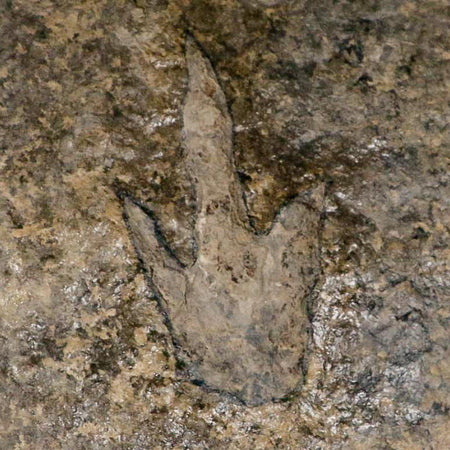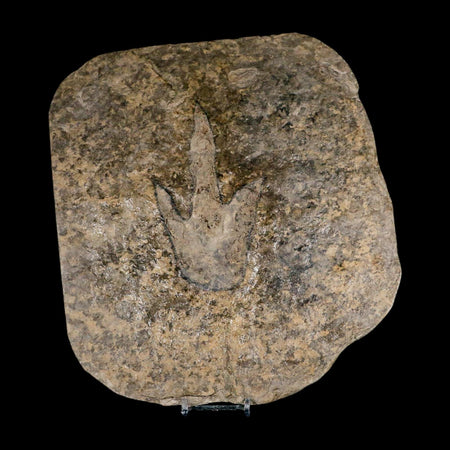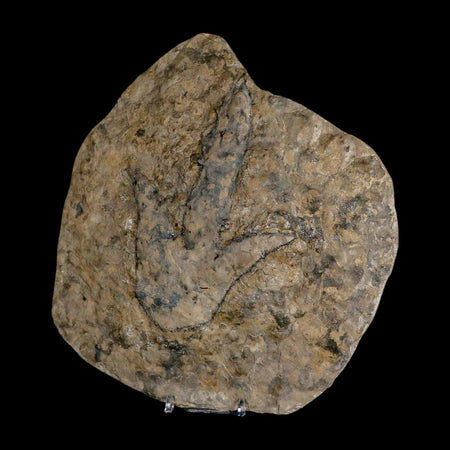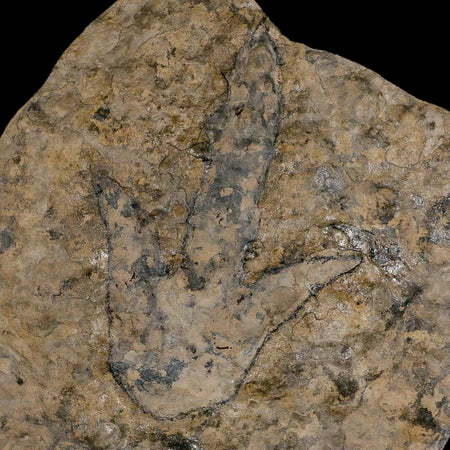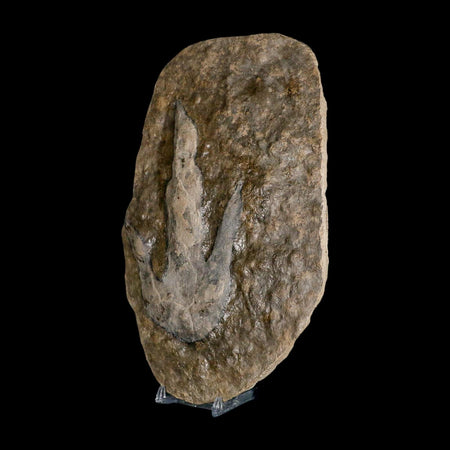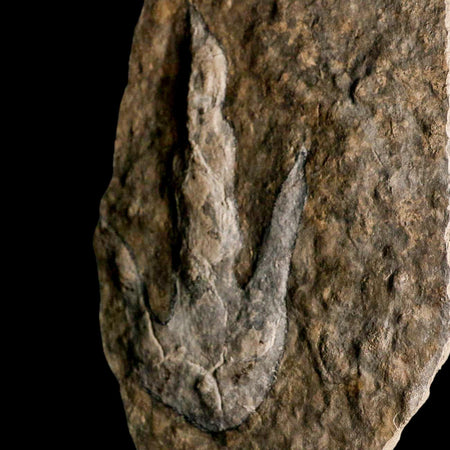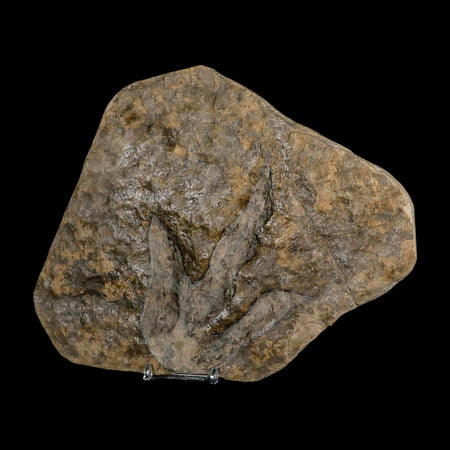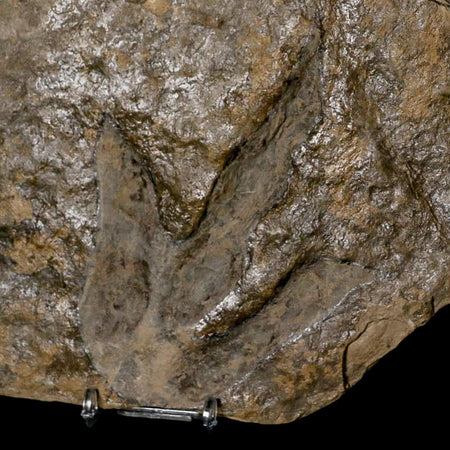7.2" Brittle Star Ophiura Sp Starfish Fossil Ordovician Age Morocco COA & Stand
Location: Kataoua Formation, Blekus, Morocco
Weight: 1 Pound 0.8 Ounces
Dimension: 8.5 Inches Long, 5.7 Inches Wide, 0.4 Inches Thick (Plate)
Starfish Dimensions: 7.2 Inches Long, 5.1 Inches Wide
Comes with a Certificate of Authenticity.
Comes with a Free Stand.
The item pictured is the one you will receive.
Brittlestar Ophiura Sp
This remarkable limestone slab originates from Middle-Upper Ordovician deposits, approximately 450 million years old, located in the Anti-Atlas region of Morocco’s Atlas Mountains. Once part of an ancient seafloor, it was uplifted into mountainous terrain around 80 million years ago after the seafloor had transformed into solid rock layers. The slab contains well-preserved fossils of early echinoderms, including echinoids and ophiuroids (brittle stars). The brittle stars display their characteristic five flexible arms and centralized body, closely resembling contemporary species inhabiting reefs and various marine depths, where they feed on suspended microorganisms. The slab also contains eocrinoids, likely Ascocystites, distinguished by slender, tapering stems and clusters of arm-like structures used for suspension feeding. Although eocrinoids share some functional similarities with crinoids (sea lilies), they are taxonomically distinct and differ morphologically. Multiple specimens vary in size, with smaller forms often found near brittle stars, prompting speculation about a possible ecological relationship, such as predation or commensalism.

Please be aware of the nature of fossils:
Being buried under the ground for millions of years under tons of pressure tends to be rough. No fossil comes out of the ground whole and perfect. Most fossils have undergone some restoration, while others are altered by man simply to enhance their presentation in different ways. The workers in Morocco do a very professional job of unearthing and preserving these natural treasures. These are part of the natural beauty of the fossil and are not considered defects.


